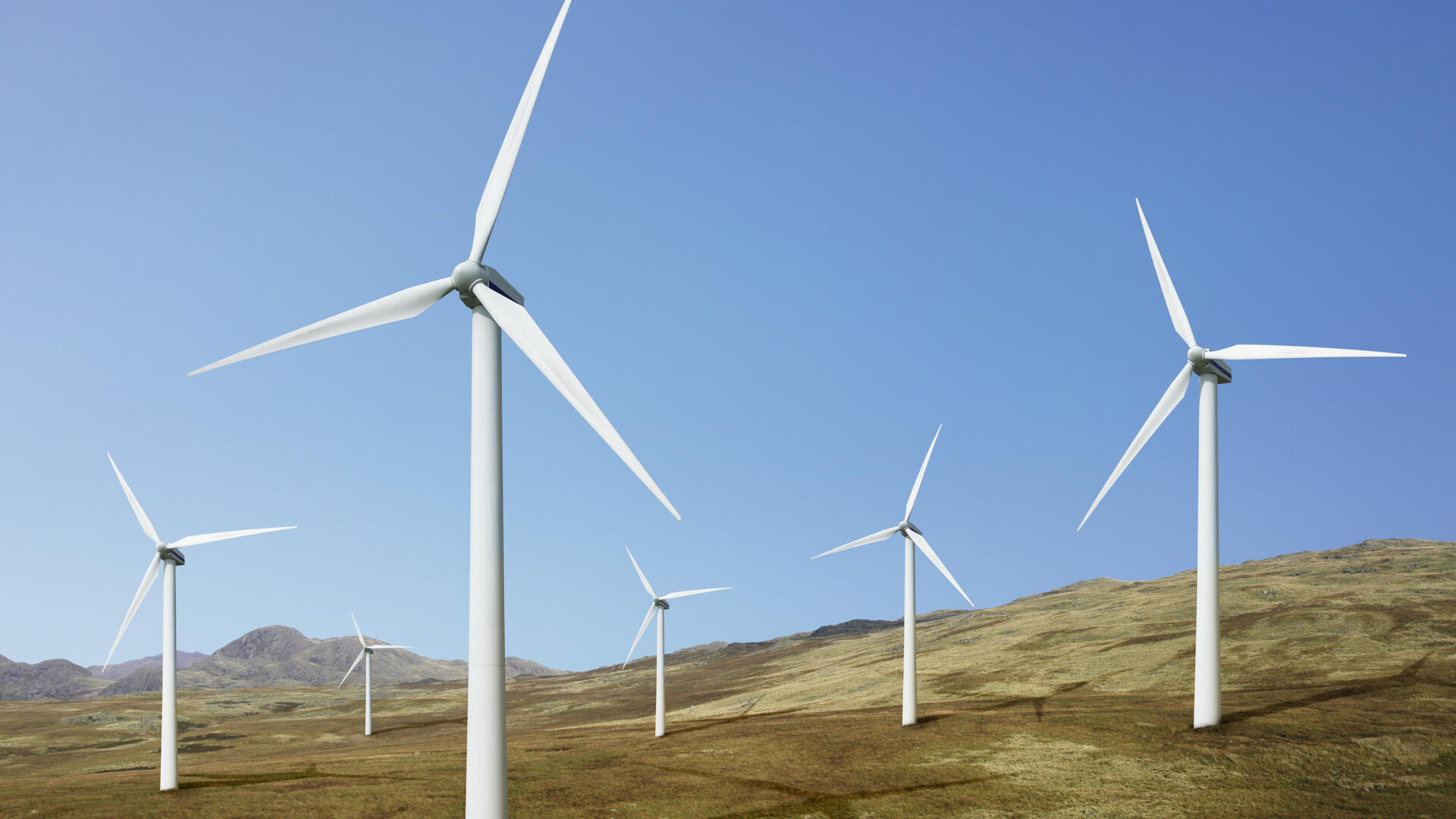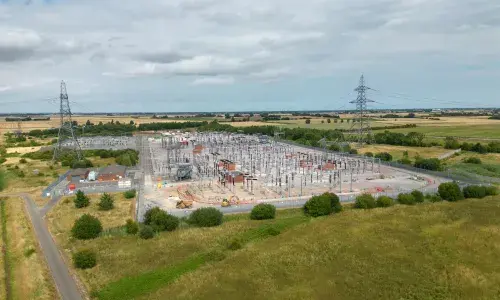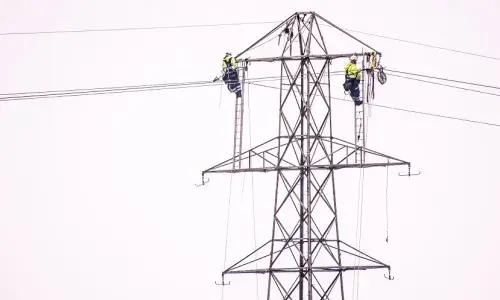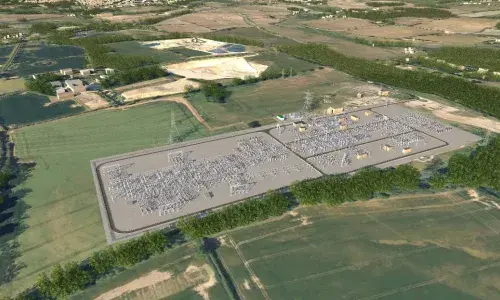
Accelerating grid connections for more clean power is a key step in the transition towards net zero
Our director of customer connections, Roisin Quinn, shares insight into how we're working with industry to help bring forward grid connection dates and boost the capacity of the network.
Britain’s national electricity grid is one of the greenest in the world. Record levels of renewable power, including growing volumes of offshore wind, is already connected to our transmission system powering our homes and businesses.
The Government’s British Energy Security Strategy, published earlier this year, sets new ambitious targets for even greater levels of low carbon power. It’s a welcome step towards net zero and the societal benefits it can bring, with the increased levels of generation boosting energy security and cutting costs too.
However, putting these plans into reality means connecting these new generation projects to the national network – a complicated technical process and substantial investment. The volumes are significant – in the last four years, the number of connection applications from wind, solar and other generation projects has quadrupled.
As a transmission owner our own output has increased too – with the number of connections offers we have issued increasing at the same rate. We’re also investing record levels in our infrastructure, upgrading our national network and increasing its capacity.
However, the increasing volume of transmission connection applications does bring challenges and, for some, long connections timescales. Our aim is simple, we want to accelerate and enable more low carbon power.
Investment and supporting customers – what's our role in the connections process?
Applications to connect energy projects to the transmission network are made to National Grid Electricity System Operator (NGESO). They are also responsible for awarding connection offers and contracts.
Here at National Grid Electricity Transmission (NGET), we own and maintain the transmission system in England and Wales and are responsible for the upgrades to physical infrastructure, such as overhead power lines or substations, that are required in order to for projects to connect safely. These upgrades are part of our overall investment in the transmission system – with £4.2bn over the last five years and £7.1bn proposed over the next five too.
Our role in speeding up connections, and our intent, is clear – we're investing in our infrastructure and streamlining our processes
However, due to their complexity and planning consent requirements these works can take many years to complete. We also support customers throughout the connections journey to design, build and maintain their connection economically and efficiently, including developing Research Assistant, a tool to help investigate available capacity, explore connection options and costs.
Reforming the process to speed up connections
Currently industry rules and obligations mean we are obliged to manage connections requests on a first come, first served basis. Developers are therefore hesitant to waive their grid connection offer and place in the connections queue, even if their project is unlikely to progress to delivery, extending the timeline for those who will likely proceed.
To address this, in partnership with Ofgem, NGESO and others, we are developing a Transmission Entry Capacity (TEC) amnesty procedure that will release this excess capacity and free up the connections queue. If implemented, the amnesty will be voluntary and will allow customers to leave the queue with little or no termination liability.
Explore our Research Assistant tool
In parallel, we are working with Ofgem, other network companies and wider industry stakeholders to develop new queue management tools that make sure projects that are progressing are most able to connect first and, in doing so, avoid a longer connection queue forming over time. We are also considering if there would be a benefit to reviewing and resetting the application criteria, including the minimum standards for applicants.
There are potential new approaches to managing our infrastructure too, including exploring innovative solutions to accommodate multiple customers at one physical connection point, known as 'grid parks'. These allow three small <50MW customers to connect at 33kV to the transmission network and are part of our strategy to ensure that the existing network is being used as efficiently as possible, to its full capacity.
Transparency and working together
Our role in speeding up connections, and our intent, is clear – investing in our infrastructure and streamlining our processes. But transparency is vital too – we can’t shy away from setting clear expectations for large energy projects wanting to connect. That’s why we’ve launched a series of videos designed to inform customers on the connections landscape in their area.
Addressing constraints on the network and speeding up connections is key to the UK achieving net zero and reducing our reliance on fossil fuels. We look forward to working together with the entire energy industry to make it happen.


